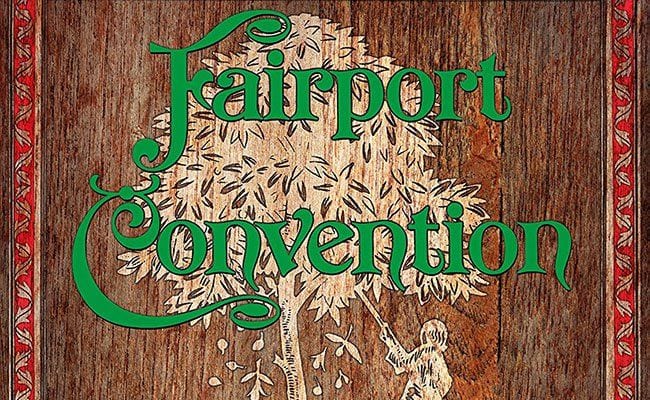
The Fairport Convention of 2017 is sedated and genteel. Their annual festival Cropredy is always populated with well heeled, mostly middle-class fans who have come to expect beautifully played music drawn from an English folk heritage. Nothing wrong with that at all. What the Fairport Convention of 2017 isn’t, is groundbreaking. Risk taking. Forward thinking. That could not be said of the Fairport Convention of 1967.
At the tail end of the 1960s, “The English Jefferson Airplane” as they were whimsically billed, looked beyond the Beatles and the Stones for inspiration and found what they needed in the US. Their live shows (and a sizeable chunk of their debut album) were made up of songs by Emitt Rhodes, Joni Mitchell, Bob Dylan and Leonard Cohen. Eventually, they discovered a rich seam of British folk songs which later became the bands raison d’etre. The period of transition — the band’s first ten years — is beautifully displayed on this seven-CD set Come All Ye. Tracks from their first albums are punctuated by a selection of real rarities. Many tracks are making their first appearances here.
In an era where psychedelia was the order of the day, Fairport Convention seems incredibly restrained. In spite of having the dazzling talent of the young Richard Thompson on electric guitar, there couldn’t have been a more considered and measured band working in 1967-69. When Thompson does cut loose — on the dazzling proto power pop “Time Will Show the Wiser” for example, his playing enhances the song, rather than crushing it under the weight of his virtuosity.
In the space of ten years, Fairport quietly changed the musical landscape. By the time they’d found their feet on 1969’s Liege and Lief album, the jigs and reels and “trad-arr” material had been beautifully integrated into their sound and they were a force to be reckoned with. If they hadn’t been dogged with a revolving door approach to band personnel, who knows what they could have achieved. In the end, it’s the legacy of this era of the band which defines the way the band are perceived. Echoes of their early folk-rock sound are evident in artists from Mumford and Sons to R.E.M.
Highlights are many. Tucked away on disc seven is a gorgeous live recording of “Down Where the Drunkards Roll”, introduced by Sandy Denny as “A song you won’t have heard before” — probably because this version predates the Richard and Linda Thomson album I Want to see the Bright Lights Tonight on which it debuts, by just a few weeks. The first version of “A Sailor’s Life” without violinist Dave Swarbrick, is a textbook example of how this band could improvise with invention and intensity around nothing more than a vocal melody.
Come All Ye should be enough for even the most jaded, battle-weary Fairport fan to part with his or her hard-earned cash. The band are no strangers to re-issues, remasters and live recordings, but this lavish set throws another 55 genuine unreleased performances into the pot. You get radio sessions, audio recordings of TV shows, alternate versions and a stack of newly found live performances. The sleeve notes are by Patrick Humphries — a man who writes knowledgably and well about this era of British music. It’s a treasure trove for the faithful and a comprehensive baptism for the brave newbie.


![Call for Papers: All Things Reconsidered [MUSIC] May-August 2024](https://www.popmatters.com/wp-content/uploads/2024/04/all-things-reconsidered-call-music-may-2024-720x380.jpg)



